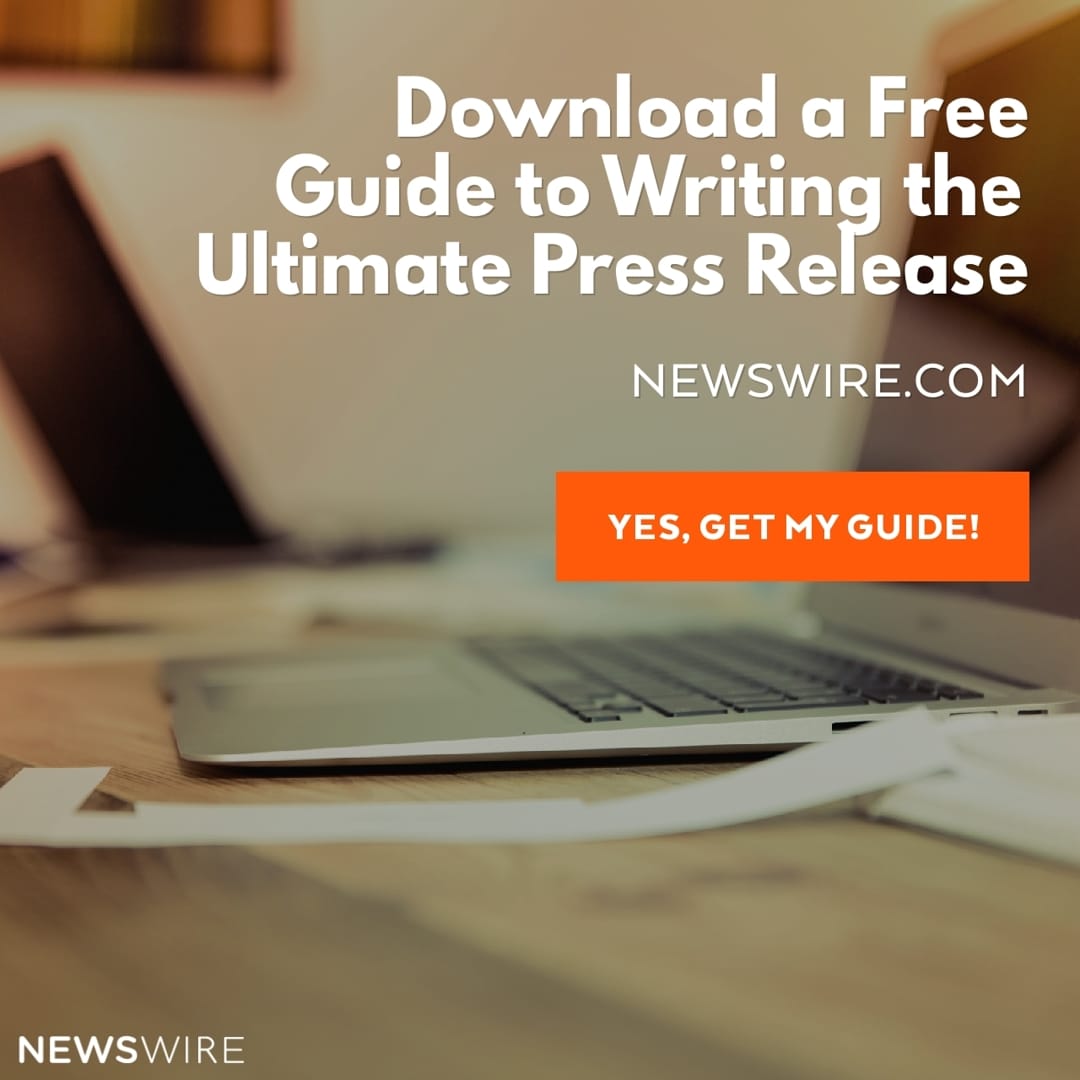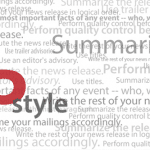
Why Inverted Pyramids Make Better Press Releases
Inverted pyramids make better press releases in the eyes of the people who count most, the journalists and media representatives you are trying to connect with in order to promote your business more widely. Master the inverted pyramid and you should start to get more media pickups than ever before because your work will reach a whole new level of professionalism.
What is an inverted pyramid in journalism?
Writing for newspapers is different than telling a story or writing a product brochure. Mastering these different styles can help you become a more effective marketer.
An inverted pyramid is broad at the top and gradually tapers to a narrow point. At the broad top are the main details of the news story. Later paragraphs, as the story tapers off, give useful but not essential details. News stories are, therefore “front-loaded”, with the most important information right at the start of the piece of writing. Stories and marketing materials, by contrast, usually use pyramids, with more and more important information being added until the piece of writing comes to an end.
Mastering the inverted pyramid
One of the main reasons that online marketers fail to get media pickups for their press release is that they have not mastered the inverted pyramid. They write their releases as though they were ads. They also include hype, and in many cases, the release is not genuinely newsworthy.
By contrast, a good press release that will make journalists and other media representatives sit up and take notice is real news, with no hype, and in inverted pyramid format.
The structure of a good press release
1-The headline
The first thing a reader will see is the headline. It should command attention and have at least one keyword in it to tell the audience what topic it will be about.
2-The subheadline
The best way to spread the word about your press release is to use a free or paid press release distribution service. Most of these services have a field in the interface to add a subhead, which can have keywords and give more information about the headline, and about the story that the person can expect as they read on.
3-The first paragraph
Journalists train to try to get all of the most important information in the first paragraph if they can. They use a little memory aid to help. It’s known as the 5Ws.
The 5Ws are:
- Who
- What
- Where
- When
- Why
The 5Ws should be the basis of your inverted pyramid, so you have all of the most important information right at the start of the story.
4-The second paragraph
In this paragraph, include any of the 5 Ws you didn’t manage to get into the first paragraph. Include quotations, media such as an image of what you are writing about, and so on.
5-The third paragraph
This paragraph can include more useful information, such as quotes, a context for why the product is so useful, and so on.
4-The fourth paragraph
This should include a bit about the company and give detailed contact information in case any media representatives want to get in touch and follow up.
All 4 paragraphs will be important for different reasons, but the main thing is to follow the inverted pyramid so media reps can get the gist of the story quickly and decide whether or not they want to pick it up.












